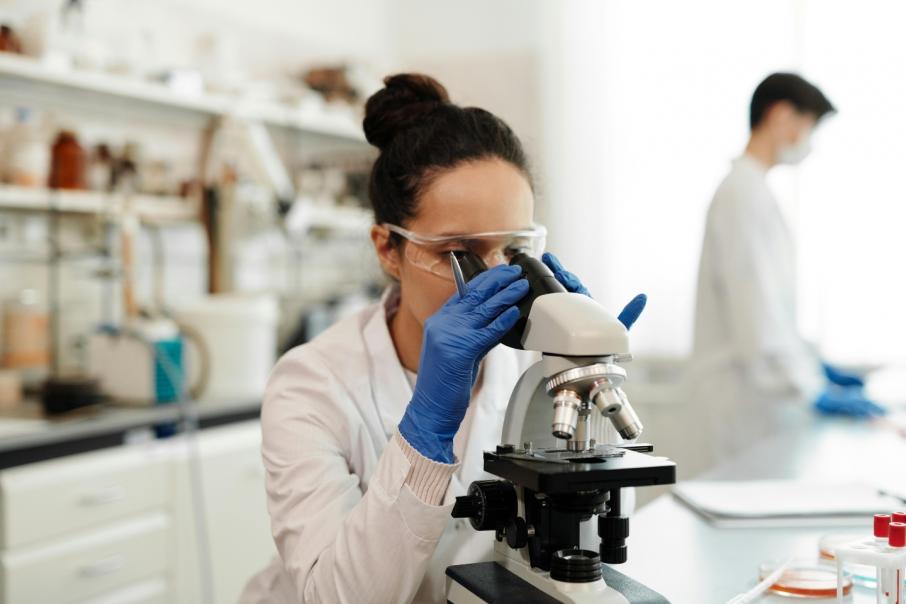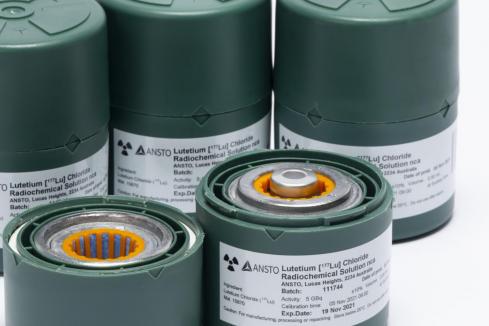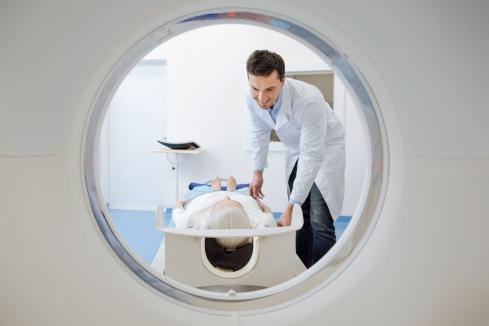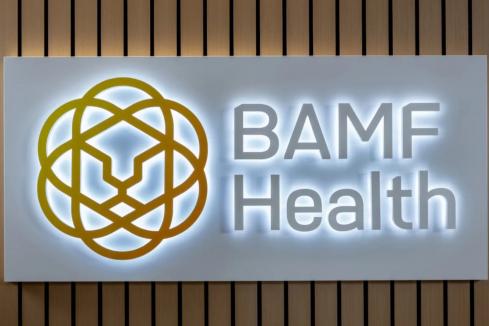The potential for one of Radiopharm Theranostics’ treatments to fight cancer while protecting a patient’s kidneys from excessive radiation has been showcased to the world’s leading image science specialists in Portugal.
The 2024 European Molecular Imaging Meeting, with more than 900 international medical specialists, was told that adding a succinylated gelatin to radiotherapeutics, such as the company’s “RAD 301” and “RAD 302” treatments, could better protect kidneys against the negative effects of accumulated radioactivity.
Professor Susanne Kossatz, from the Technical University of Munich, said in a presentation to the meeting that the data had been gleaned from a lung-cancer mouse laboratory subject. The kidneys are the primary excretory organ for most radiopharmaceuticals and are known to be naturally more susceptible to radiation exposure, meaning radioactivity is more likely to be retained.
The new data shows that kidney uptake of radioactivity from all therapeutic drugs was significantly lower following administration of succinylated gelatin – a blood plasma replacement – than it was when compared with a known combination of two amino acids that is routinely used to reduce renal accumulation of radioactivity.
The kidney-protective effects of succinylated gelatin on therapies targeting a cancer marker known as “αvβ6-integrin” could pave the way towards a safe and effective clinical application of Radiopharm’s RAD 302 therapy in many cancers. It could include pancreatic ductal adenocarcinoma (PDAC), non-small cell lung cancer (NSCLC) and head-and-neck squamous cell carcinoma (HNSCC).
Integrins are a naturally-occurring type of protein found on the surface of cells that help them attach to and communicate with other nearby cells. They serve as anchoring molecules and help cells attach to large molecules in the matrix outside cells. It surrounds and gives structure to cells.
The αvβ6-integrin has been found in or related to a broad range of common cancers. It is seen as a potential “chink in the armour” cancer marker and some researchers and clinicians believe it could be a useful therapy target for a wide and varied range of eligible patients.
The specific integrin is also present at significantly higher levels in breast, lung, colon, stomach, endometrium, oral and skin squamous cell cancers that often have poor treatment prognoses.
During a further presentation at the meeting, Dr Johannes Notni from German company TRIMT said the current imaging standard of care for the detection of cancers that exhibit αvβ6-integrin, such as PDAC and HNSCC, has significant limitations. Dr Notni suggested better imaging of patients with those conditions was an urgent area of need.
He said clinical findings from a 33-patient study showed that Radiopharm’s imaging using RAD 301 was a superior process in highlighting PDAC and HNSCC tumours.
Across the board, αvβ6-integrin is being recognised as a common marker across a wide variety of common cancers and it represents an attractive target for theranostic treatment among a diverse range of eligible patients. Radiopharm believes its αvβ6-integrin-targeting theranostics could also eventually help address a myriad of medical needs for the world's female population.
Radiopharm seems to be on the right path and well-placed in the international industry with world-leading peers. While αvβ6-integrin is vital to life, it is also becoming a useful marker to assist with radioactive treatments aimed at preventing an untimely demise from cancer.
Is your ASX-listed company doing something interesting? Contact: matt.birney@businessnews.com.au















